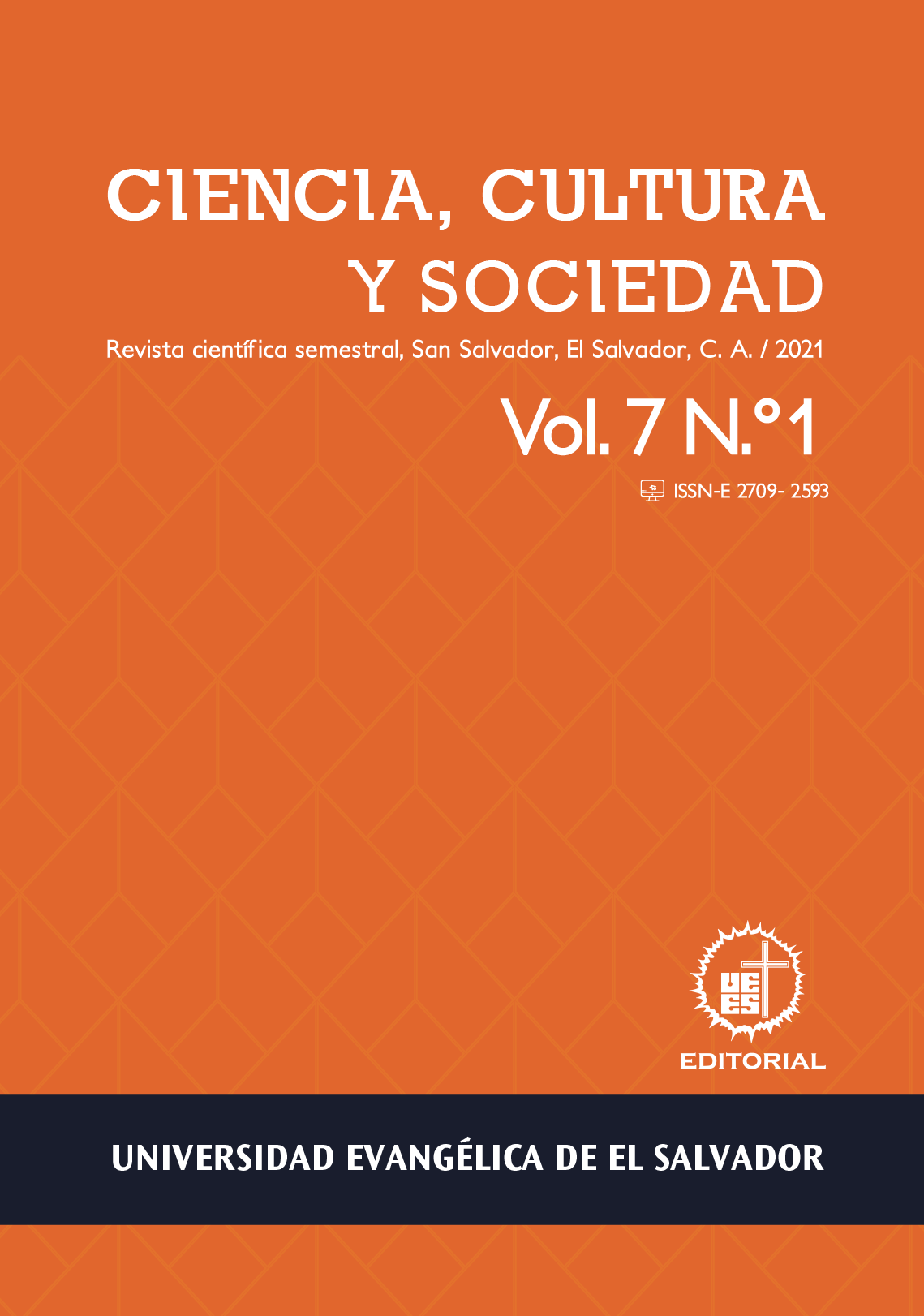Development of a technological didactic tool for learning and monitoring vital signs for students
DOI:
https://doi.org/10.5377/ccs.v7i1.13290Keywords:
Vital signs, blood pressure, pulse rate, oximetry, base of data, El SalvadorAbstract
The objective of supporting the Nosology II subject was to develop an innovation project through a didactic tool that offered efficient training in the analysis of the clinical diagnosis of vital signs, since one is not available. Currently, technology offers a number of device options for the development of these innovative projects. For this reason, it was decided to carry out a didactic tool to simulate various states in the vital signs of a patient, which would allow students constant training. The type of innovation for this project is incremental, because an added value has been created on an existing product; adding new improvements to specific needs, becoming new products. A methodology was needed to guide the progress of the proposal, using the unstructured interview with two medical professors, in charge of developing nosology chairs. In addition, a focus group was developed with nosology II students, which allowed them to know their needs and for technical advances, it was divided into two phases: one consisted of electronic development and the other, in the development of software and infrastructure. Communication. It was possible to obtain a didactic tool that contributes to practices, strengthening learning in the analysis of the clinical diagnosis issued by vital signs.
Downloads
Published
Issue
Section
License
Copyright (c) 2022 Revistasenliea

This work is licensed under a Creative Commons Attribution-NonCommercial 4.0 International License.
Los artículos de Ciencia, Cultura y Sociedad están publicados en acceso abierto bajo una licencia CC BY-NC-SA 4.0 de la Universidad Evangélica de El Salvador.


















